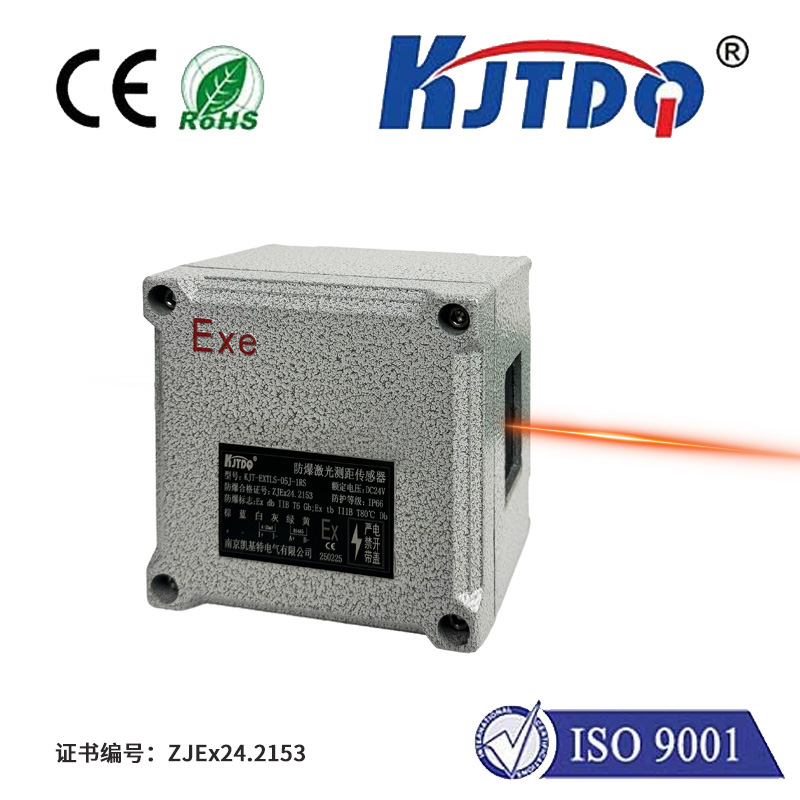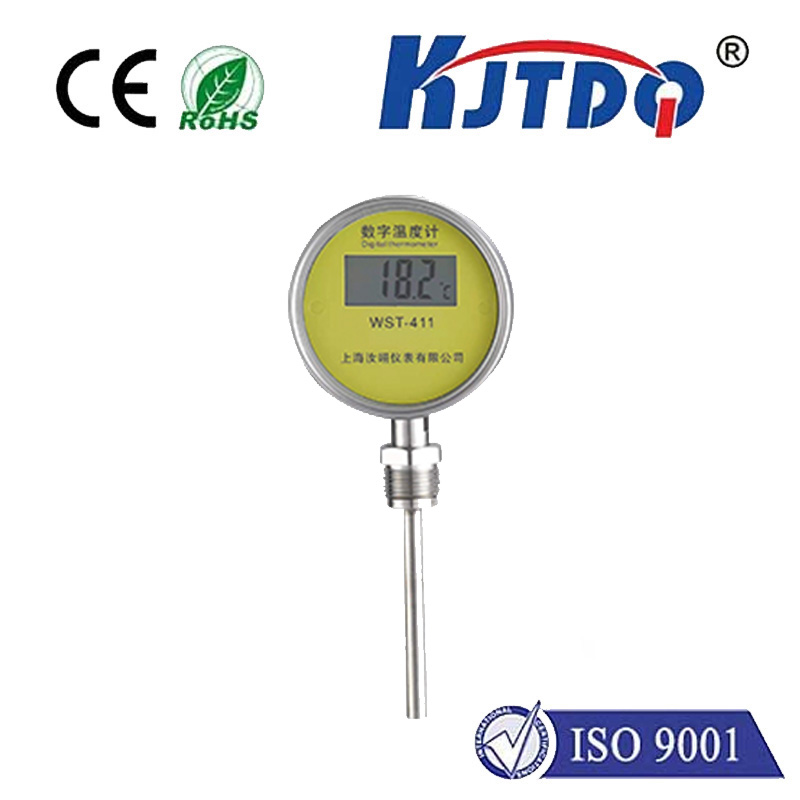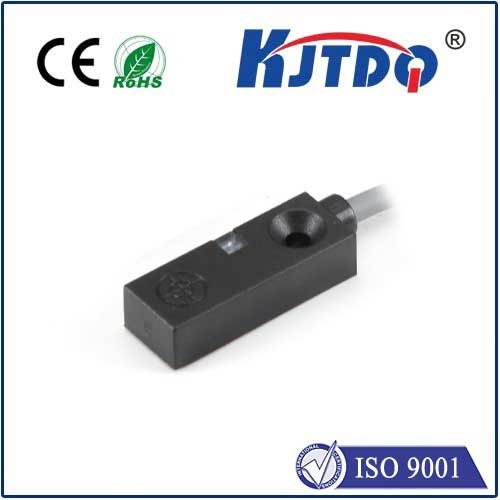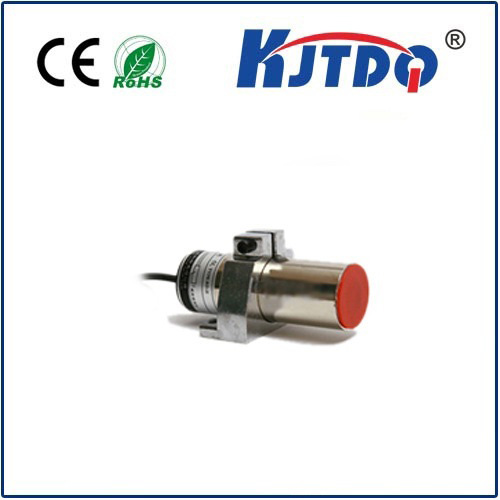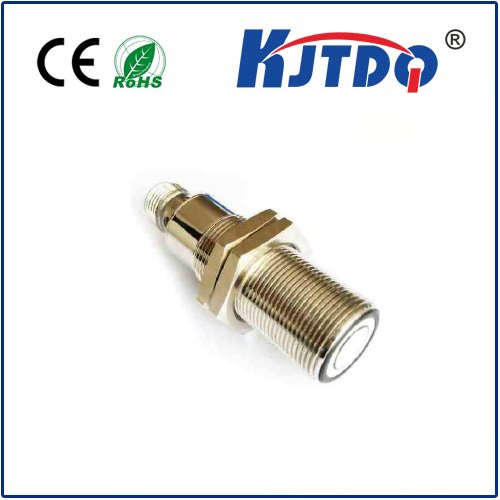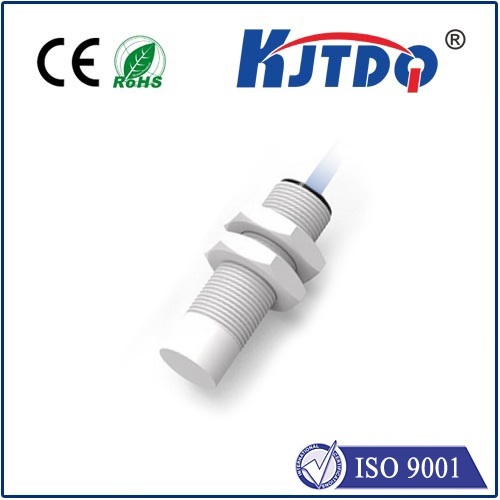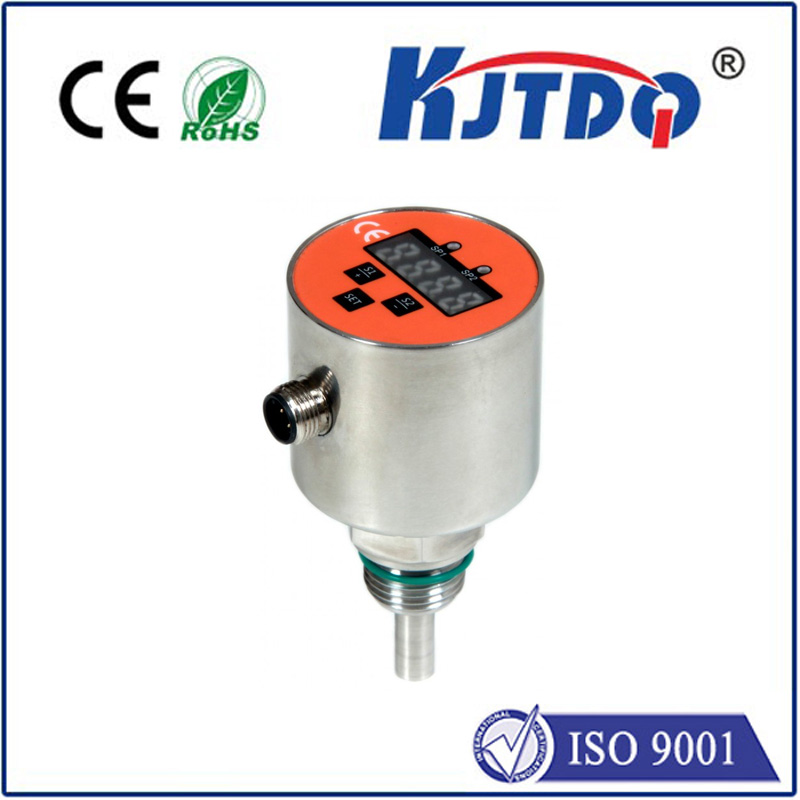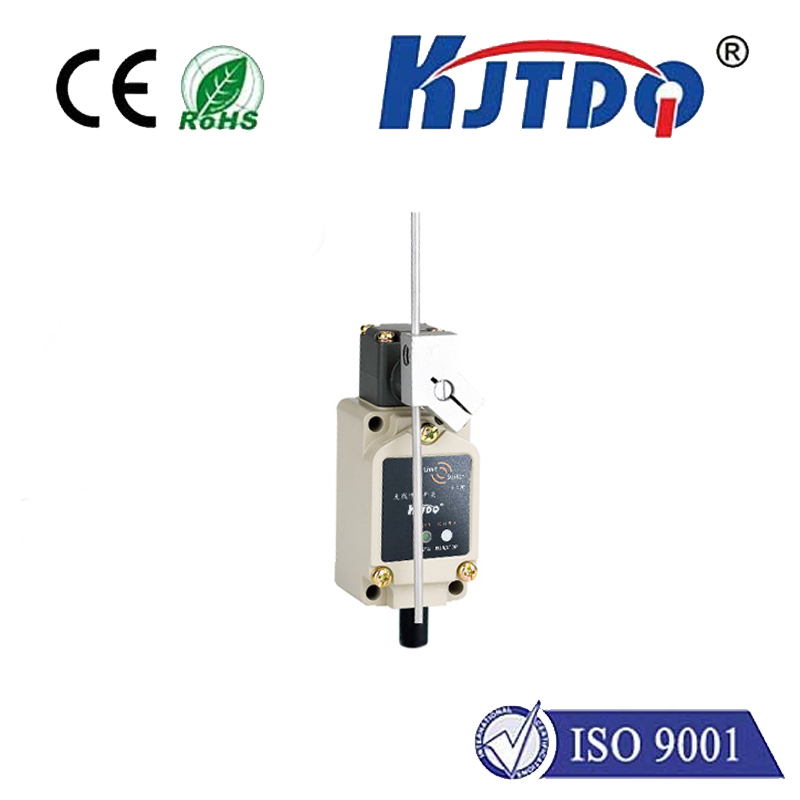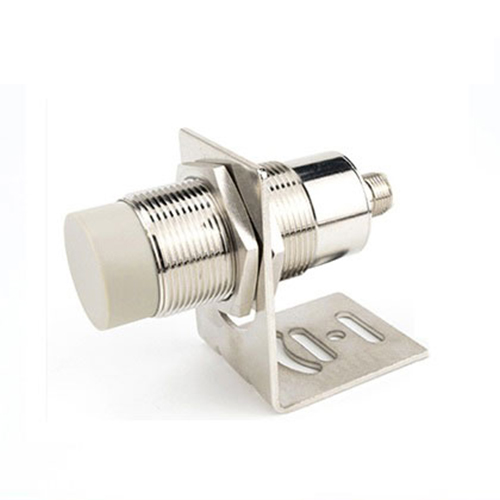Датчик приближения лифта
- time:2025-07-10 03:02:36
- Нажмите:0
The Unsung Guardians of Elevator Safety: Understanding Elevator Proximity Sensors
(Focus Keyword: Elevator Proximity Sensor)
We’ve all experienced it: stepping towards an elevator just as the doors begin to slide shut. Yet, almost magically, they reverse course and open wide. This seemingly simple act – avoiding an uncomfortable or even dangerous pinch – is largely thanks to an unseen hero within the modern elevator system: the Датчик приближения лифта. Far more than just a convenience feature, these sophisticated devices are fundamental pillars of passenger safety and operational efficiency, operating silently at the threshold of every journey.
Moving Beyond the Simple Beam: How Proximity Sensors Work
While older systems sometimes relied solely on basic mechanical safety edges (which physically trip upon contact), modern elevator proximity sensors predominantly use non-contact detection methods. The primary technologies involved are:
- Infrared (IR) Sensors: Among the most common. These sensors emit an invisible beam of infrared light across the elevator doorway’s path. If an object or person interrupts this beam before the doors fully close, the sensor immediately signals the elevator control system to stop door closing motion and reopen them. This creates the familiar “door reopening” safety feature.
- Microwave (Radar) Sensors: Emitting low-power microwave signals, these sensors create an electromagnetic field in the doorway area. Any movement or presence within this field alters the signal pattern. The sensor detects this change, prompting the door to halt or reverse direction. Microwave sensors are particularly effective for detecting smaller objects or subtle movements that might not break a single IR beam.
- Laser Scanners: More advanced (and often used in conjunction with other types), laser scanners rapidly sweep a laser beam across the door opening. They create a detailed profile of the space, detecting obstacles with high precision, including items near the floor that simpler sensors might miss. This is crucial for preventing jams or entrapments caused by small objects.
The Paramount Role: Safety First, Always

The core function of the Датчик приближения лифта is uncompromising safety. They act as the primary defense against passengers or objects being caught in closing doors. This prevents:
- Pinch/Crush Injuries: Protecting limbs, clothing, or personal belongings from being trapped, which could cause injury or damage.
- Entrapment Scenarios: Ensuring passengers aren’t inadvertently trapped between closing doors, preventing panic or injury during movement.
- Damage Prevention: Helping avoid damage to the elevator car doors, hall doors, or the door operator mechanism itself by preventing forceful impacts on obstacles.
Elevating Efficiency and User Experience
Beyond safety, elevator proximity sensors significantly enhance operational efficiency and the passenger experience:
- Optimized Door Timing: Sensors ensure doors only remain open long enough for safe entry and exit. They detect when the boarding process is complete, triggering door closure without unnecessary delays. This precise timing directly impacts overall elevator handling capacity, allowing quicker cycle times and reducing passenger wait times in busy buildings.
- Reduced Energy Consumption: Minimizing the time doors are unnecessarily open helps maintain the car’s internal temperature (especially important for air-conditioned carriages), reducing the building’s overall energy load.
- Preventing Premature Closure & False Reversals: Sophisticated sensors are designed to differentiate between intentional interruptions (a passenger entering) and passing objects (like a shopping cart momentarily near the doorway). This reduces the occurrence of doors closing too soon or repeatedly reopening unnecessarily when no actual boarding is occurring.
- Accessibility Compliance: Reliable proximity sensing is vital for ensuring accessible elevators function correctly, providing ample, safe time for individuals with mobility aids or those requiring more time to enter or exit.
Integration and Evolution: The Smart Door System
Modern elevator proximity sensors are rarely standalone devices. They form a critical component of the elevator’s integrated Door Control Unit (DCU). This unit processes inputs from the sensors and makes real-time decisions:
- Continuing Closure: If the path is clear after a brief hold (often mandated by safety codes to allow time to move away from the beam), the doors resume closing.
- Immediate Reversal: If an obstruction is detected during the closing phase, the doors instantly reverse direction to fully open.
- Extending Dwell Time: If continuous presence is detected (e.g., someone slowly boarding with a walker), the doors will remain open longer.
Advancements continue, with sensor fusion (combining multiple types like IR and microwave for redundancy and increased accuracy) and integration with AI for even smarter obstacle recognition and predictive behaviour becoming more prevalent.
The Critical Need for Maintenance
Like any safety-critical component, elevator proximity sensors require regular inspection and maintenance. Dirt, debris, misalignment, or component wear can impair their function. A malfunctioning sensor can lead to doors failing to reopen (safety hazard) or constantly reopening without cause (efficiency and nuisance issue). Regular, professional maintenance by certified technicians is non-negotiable to ensure these silent guardians perform their vital role flawlessly.
A Silent Necessity
The unassuming Датчик приближения лифта is a marvel of modern engineering embedded in our daily lives. From preventing painful pinches to enabling the smooth, efficient flow of people in high-rise buildings, its contribution is immense. By reliably detecting presence in the critical doorway zone, these sensors form an indispensable safety net, ensuring every elevator ride begins and ends safely, while simultaneously optimizing the comfort and efficiency of vertical transportation. Their silent vigilance is a foundational element of the safety and reliability we expect – and often take for granted – in every elevator journey.

